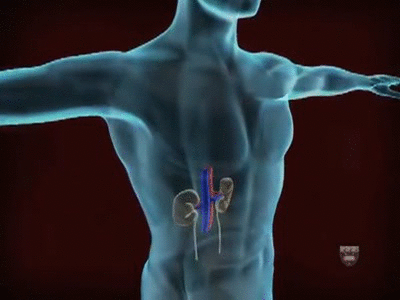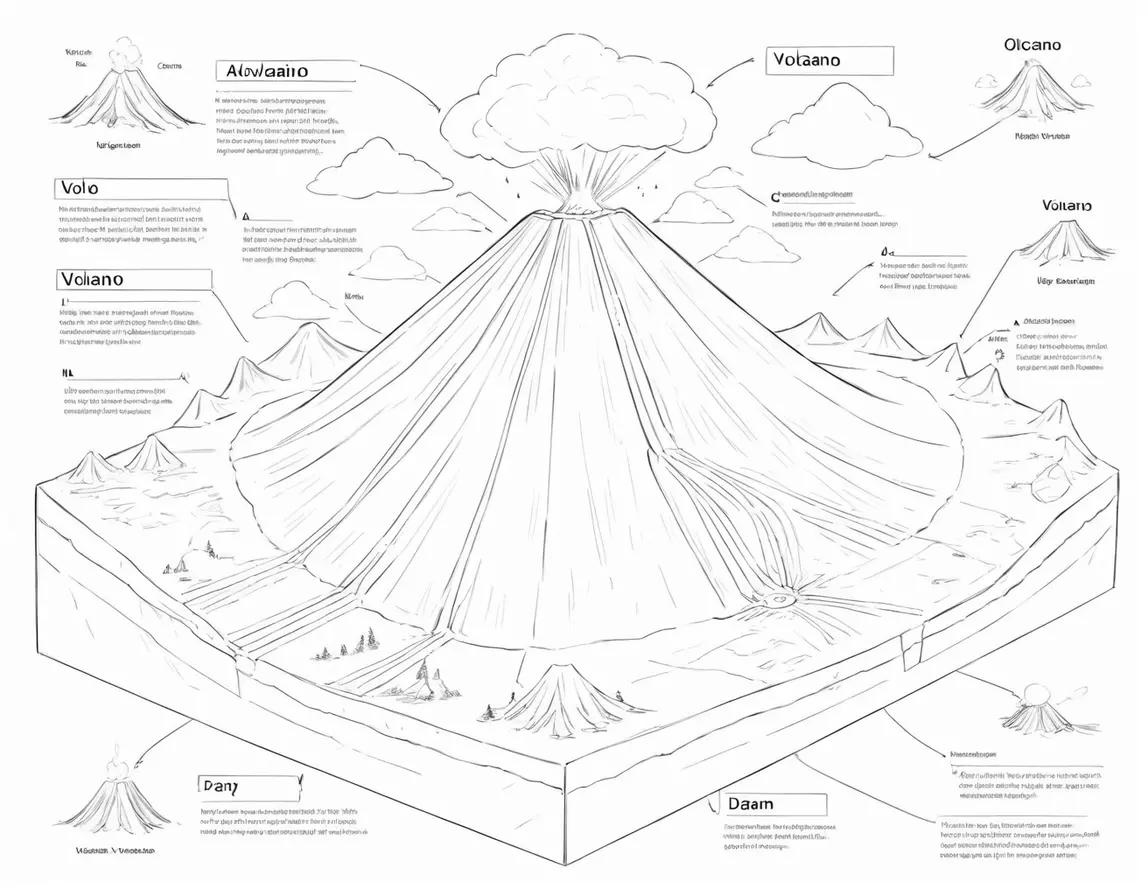
The excretory system stands as a remarkable orchestration of physiological processes aimed at maintaining internal balance, eliminating waste products, and safeguarding the body’s intricate homeostasis.
Comprising organs such as the kidneys, liver, lungs, and skin, this system plays a pivotal role across various organisms, ensuring the removal of metabolic by-products and contributing to overall health.
Introduction to the Excretory System:
At its core, the excretory system serves as the body’s janitor, diligently removing waste products generated during metabolic processes. This system operates in harmony with other physiological systems to maintain a delicate equilibrium, ensuring the optimal functioning of the body’s myriad processes.
Human Excretory System:
The Kidneys:
Central to the human excretory system are the kidneys, paired organs strategically positioned in the lower back. Each kidney houses millions of microscopic filtering units known as nephrons. These nephrons act as meticulous gatekeepers, filtering blood to remove waste products, excess ions, and water, ultimately generating urine. The intricate network of renal tubules then processes this filtrate through reabsorption and secretion, orchestrating the formation of the final urine product.
The Urinary System:
Beyond the kidneys, the urinary system comprises the ureters, bladder, and urethra. Ureters are slender tubes connecting each kidney to the bladder, facilitating the transportation of urine. The bladder, a muscular organ, stores urine until it is ready for expulsion. The urethra, a duct extending from the bladder, serves as the exit route for urine to leave the body. Together, these components ensure the efficient removal of waste products from the human body.
Liver and Lungs:
While kidneys take center stage in waste removal, the liver and lungs also play integral roles. The liver, commonly associated with digestion, contributes to the excretory process by converting harmful substances into water-soluble compounds. This transformation allows for easier elimination through urine or bile. Simultaneously, the respiratory system, particularly the lungs, aids excretion by expelling carbon dioxide, a by-product of cellular respiration, during the process of breathing.
Comparative Excretory Systems:
Fish:
In fish, gills serve as the primary excretory organ, efficiently eliminating waste products such as ammonia. Gills are adapted for the exchange of gases and ions, allowing fish to maintain water balance by excreting excess water through dilute urine.
Insects:
Insects feature a distinctive excretory system centered around Malpighian tubules. These tubules filter waste from the hemolymph, forming a concentrated excretory product. Insects, characterized by their vast diversity, have adapted to different environments through variations in their excretory strategies, such as producing uric acid for efficient water conservation.
Reptiles and Birds:
Reptiles and birds share a common excretory chamber called the cloaca, from which both solid and liquid waste exit the body. They exhibit adaptations like the production of uric acid, aiding water conservation in arid environments.
Mechanisms of Waste Elimination:
Filtration:
Filtration is the initial step in the excretory process, occurring within the glomerulus of each nephron. Blood enters the kidneys, and through intricate filtering mechanisms, waste products and excess substances are separated to form a filtrate.
Reabsorption:
Reabsorption takes place in the renal tubules, where essential substances such as water and ions are reabsorbed back into the bloodstream. This process ensures that vital components are retained while waste moves closer to elimination.
Secretion:
Secretion involves the active addition of waste products, drugs, or excess ions to the filtrate in the renal tubules. This step ensures the comprehensive removal of undesirable substances from the body.
Disorders of the Excretory System:
Kidney Stones:
Kidney stones, crystallized deposits within the kidneys, can result from imbalances in minerals and dehydration. Symptoms include severe pain and the presence of blood in urine.
Urinary Tract Infections (UTIs):
Urinary tract infections, caused by bacterial infections in the urinary tract, lead to symptoms such as painful urination and frequent urges to urinate.
Renal Failure:
Renal failure, characterized by a gradual loss of kidney function, manifests in symptoms like fatigue, swelling, and increased blood pressure. It necessitates prompt medical attention and intervention.
Adaptations for Water Conservation:
Desert Animals:
Animals in arid environments, such as camels, showcase adaptations for water conservation. They produce highly concentrated urine to minimize water loss and limit sweating to reduce evaporative water loss.
Marine Animals:
Marine animals employ efficient filtration mechanisms, especially in their gills, for waste elimination. Marine mammals, like seals, can concentrate urine to minimize water loss, a crucial adaptation for survival in their aquatic environments.
Future Implications and Research:
The study of excretory systems remains a dynamic field with broad implications for healthcare, environmental conservation, and evolutionary biology. Ongoing research endeavors focus on understanding kidney function, waste elimination mechanisms, and adaptations across diverse environments. These investigations contribute not only to advancements in medical treatments but also to our broader understanding of life’s intricate processes.
In conclusion, the excretory system emerges as a vital player in maintaining the symphony of life. From the meticulous filtration in human kidneys to the efficient adaptations in diverse organisms, this intricate system highlights the sophistication of nature’s waste management.
Continued research promises to unravel more layers of complexity, offering insights that extend beyond the boundaries of healthcare into the realms of environmental sustainability and our understanding of life’s intricate dance.



















